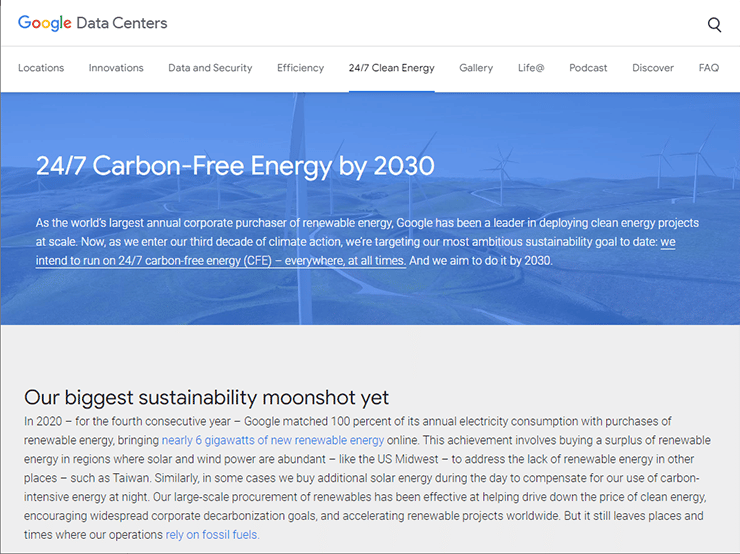What Is a Green Data Center?
Published on September 16, 2021,
by
🌱 What Is a Green Data Center?
In today’s digital world, data centers are the backbone of our online lives—but they come with a hefty environmental cost. These facilities already consume about 3% of the world’s electricity, a figure that rivals the global aluminum industry. And with data usage expected to more than double in the next few years, that number is only going up.
The good news? There’s a smarter, more sustainable way forward: green data centers.
♻️ What Makes a Data Center “Green”?
A green data center is designed to operate with maximum efficiency and minimal environmental impact. This means:
- Optimized energy use through advanced cooling systems and intelligent controls
- Sustainable building materials
- Effective waste and water management
Unfortunately, most data centers today fall short. Poor site selection, inefficient energy sourcing, and wasteful water use all contribute to their environmental footprint—and higher operating costs.
🌍 Why Going Green Matters
The environmental and financial stakes are high. Consider this:
- 90% of data centers aren’t optimized for energy efficiency
- This inefficiency costs businesses an average of $1.4 million annually
- By 2030, data centers could consume up to 10% of global electricity
That’s why the green data center market is booming—valued at over $53 billion and growing fast. Going green isn’t just ethical—it’s economically smart.
🔧 Key Areas of Focus for Green Data Centers
To build or transition to a green data center, focus on these three critical areas:
- E-Waste Management
Partner with certified recyclers to ensure old hardware doesn’t end up in landfills—especially in developing countries. - Water Conservation
U.S. data centers already use 9 billion liters of water daily. Efficient cooling systems and water reuse strategies are essential. - Carbon Emissions
From power consumption to supply chains, reducing greenhouse gas emissions should be a top priority.
✅ The Bottom Line
Green data centers are no longer a niche concept—they’re a necessity. With the right planning and technology, you can reduce your environmental impact, cut costs, and future-proof your operations.
Green data center examples
In this section, we explore some examples of companies taking responsibility for their climate impact, and setting up green data centers.
Facebook’s Luleå data center in Sweden
The Luleå data center in Sweden is the perfect example of how site selection is crucial for a green data center.
By utilizing the naturally cold environment in its cooling processes, they’re able to reduce their reliance on energy-intensive cooling.

(IMAGE SOURCE)
This leads to excellent Power Usage Effectiveness (PUE), even without taking other measures into account.
Instead of having to forcefully cool hot water in a warm climate, working with air and water that’s already cool makes cooling a lot less energy intensive.
Of course, it’s not just the location that makes it green. It also sources its energy from green sources, and sourced equipment from environmentally-friendly suppliers. But again, this is a lot easier in Sweden, where 56% of all energy production comes from renewable sources.
Google reduces e-waste through recycling and aims for 100% carbon-free energy supply
Rather than a single data center, Google is becoming a green example to follow in the cloud computing sector.
Google actively recycles all e-waste produced by their data centers, and even plans to go 24/7 carbon free (including back-up power) by 2030.

24/7 Carbon-Free Energy by 2030
(IMAGE SOURCE)
In most data centers around the world, the back-up power supply is powered by fossil fuels, typically something like a diesel generator.
In addition, Google uses machine learning tools to optimize power consumption in Google data centers by 30%.
In these areas, Google is a great example to follow for any company that wants to go green.
